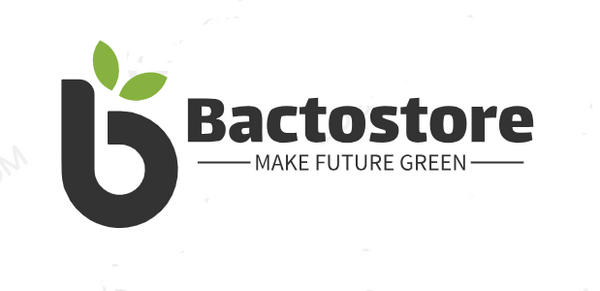
BTi for control of Sciarid Flies and Fungus Gnats in Button Mushroom Farms
Share
The use of BTI (Bacillus thuringiensis var. israelensis) in button mushroom (Agaricus bisporus) cultivation is a highly effective and targeted biological control method. It is specifically employed to combat one of the most persistent and damaging pests in mushroom farming: fungus gnats and sciarid flies.
A Natural Arsenal: Using BTi Against Mushroom Farm Pests
For button mushroom farmers, the tiny but prolific sciarid fly and fungus gnat are more than a nuisance; they are a direct threat to profitability. These pests can damage mycelium, carry diseases, and render mushrooms unmarketable. While chemical controls have their challenges, a powerful biological tool offers a targeted solution: Bacillus thuringiensis israelensis (BTi).
What is BTi?
BTi is a naturally occurring soil bacterium. It produces a protein crystal that is specifically toxic to the larvae of certain dipteran insects, including sciarid flies and fungus gnats. It is completely harmless to humans, animals, plants, and the mushroom crop itself, making it an ideal component of Integrated Pest Management (IPM).
How BTi Works in the Mushroom Cycle
The key to BTi's success is its mode of action. Adult flies are not affected; the magic happens when they lay eggs in the compost or casing layer.
- Application: BTi is applied as a drench to the casing soil, typically after the first "flush" of mushrooms has been harvested and the bed has been watered.
- Ingestion: When the eggs hatch, the larvae feed on the treated compost and casing. They ingest the BTi spores and toxins.
- Effect: Inside the larva's alkaline gut, the toxin is activated. It destroys the gut lining, causing the larvae to stop feeding and die within hours.
Why Mushroom Farmers Choose BTi
- Targeted & Safe: BTi exclusively targets the pest larvae, leaving beneficial organisms and the mushroom mycelium untouched.
- Zero Residue: It leaves no chemical residue on the harvested mushrooms, a critical factor for market access and consumer safety.
- Resistance Management: Its unique mode of action helps prevent the development of resistance, a common problem with conventional insecticides.
- Compatibility: BTi integrates seamlessly with other IPM strategies, such as good hygiene, fly screens, and adult trapping.
Conclusion
By breaking the pest life cycle at the larval stage, BTi provides button mushroom farmers with a safe, effective, and sustainable weapon against destructive sciarid flies and fungus gnats. It protects yields, ensures crop quality, and aligns with the growing demand for responsibly produced food.

